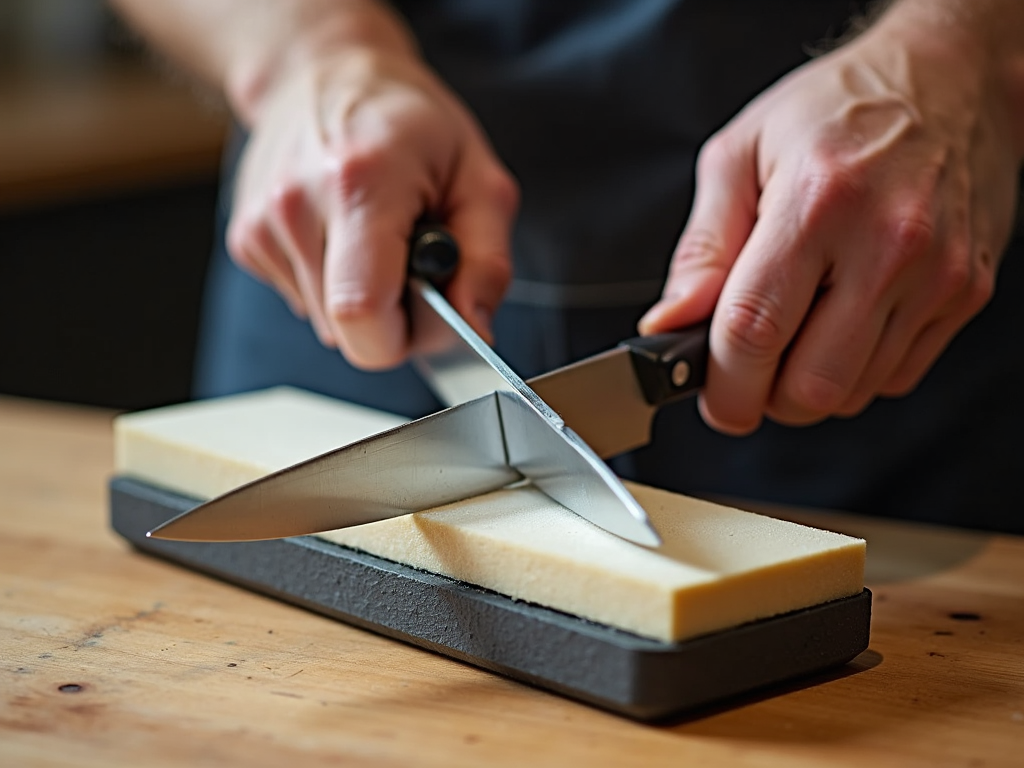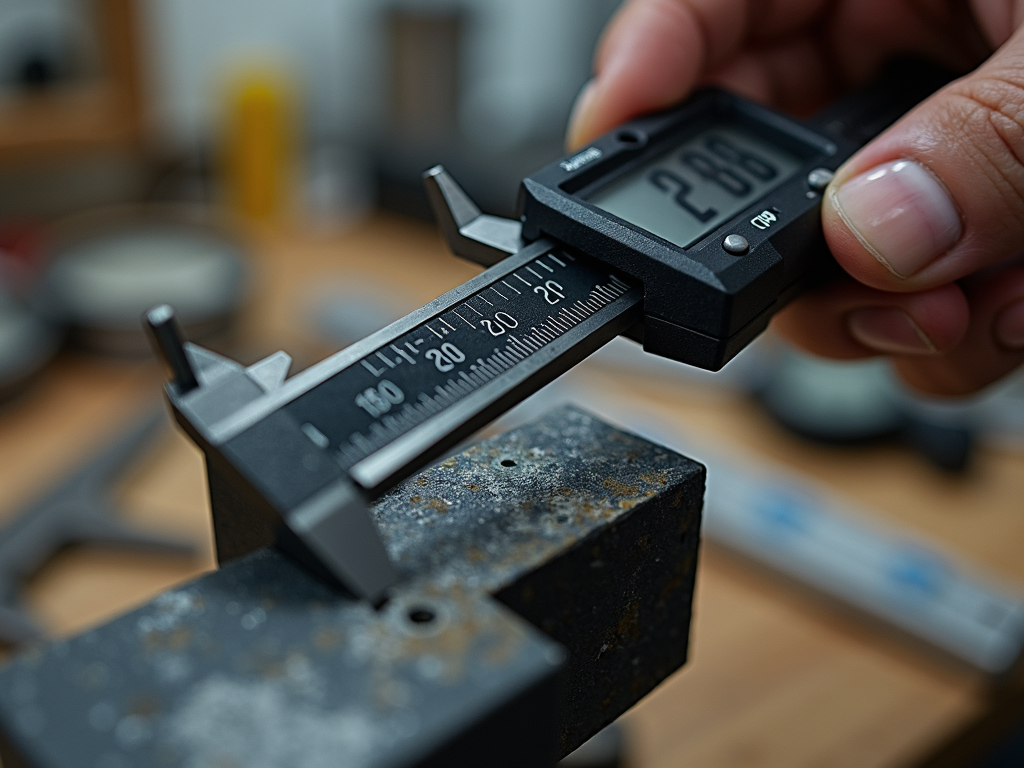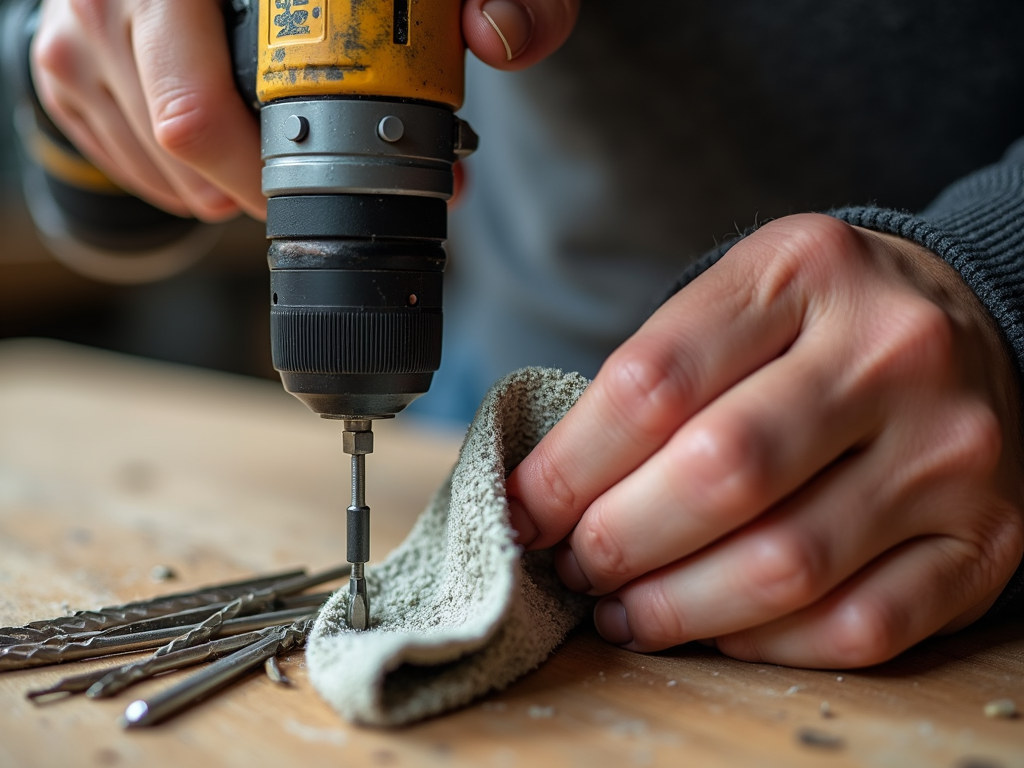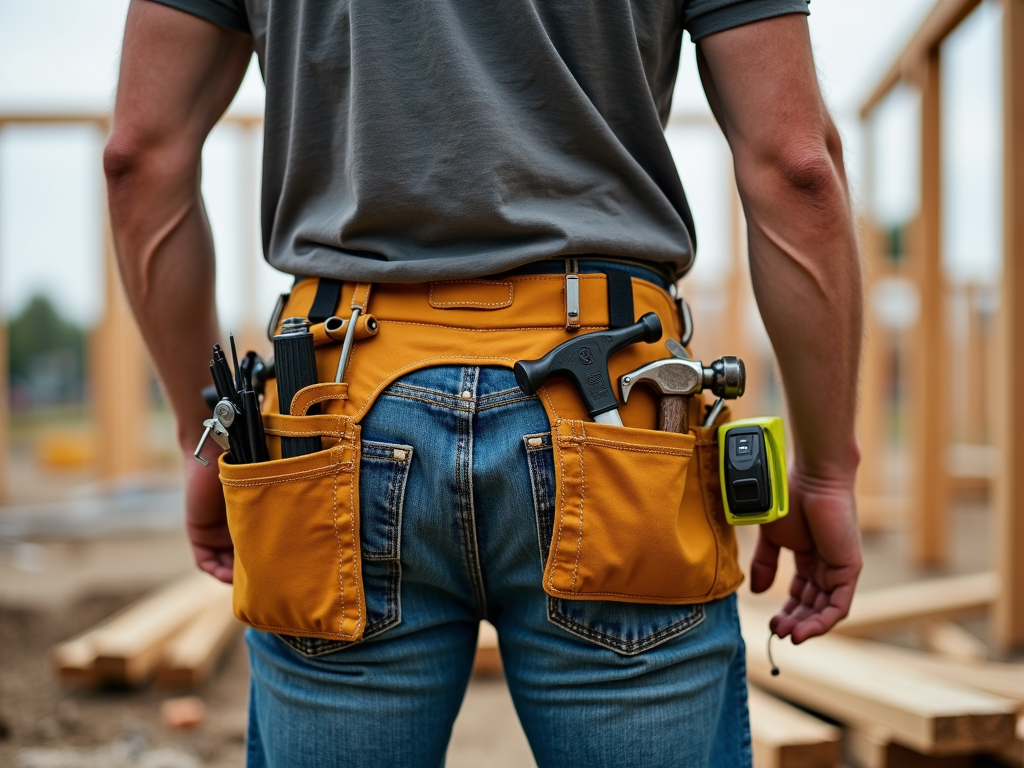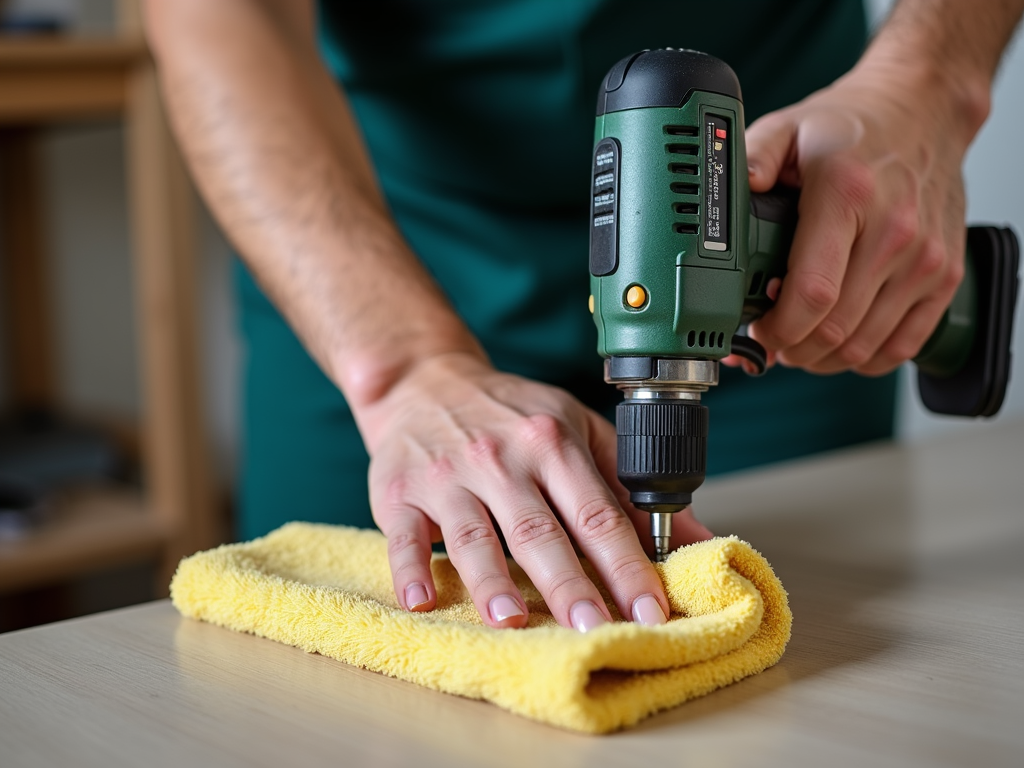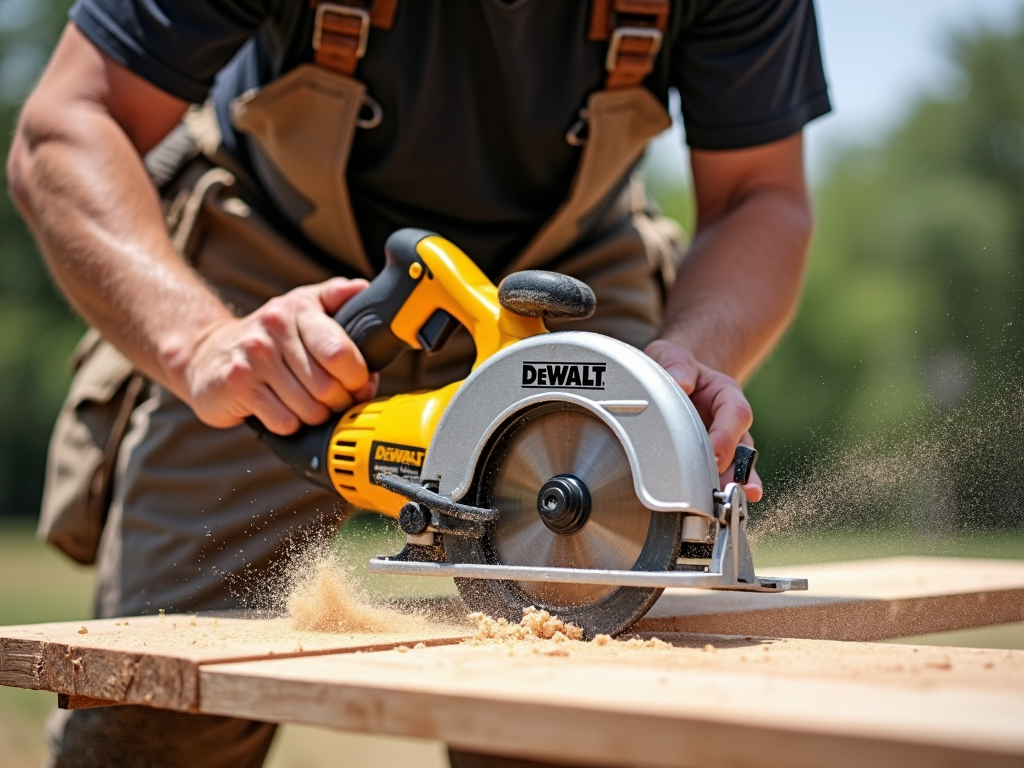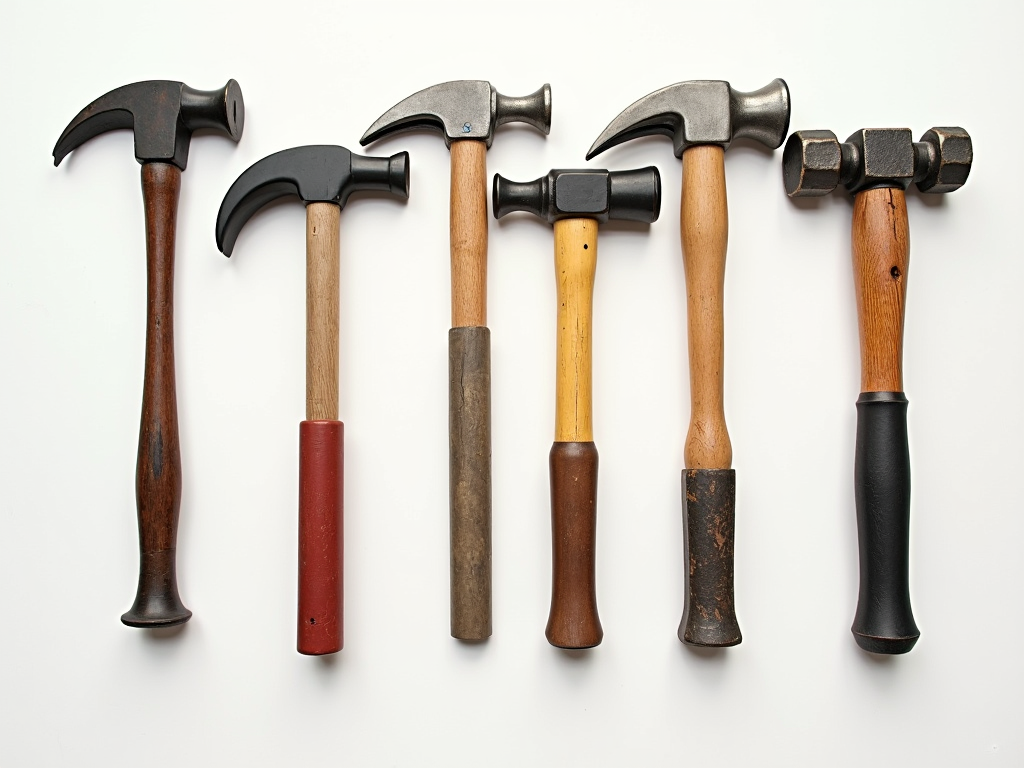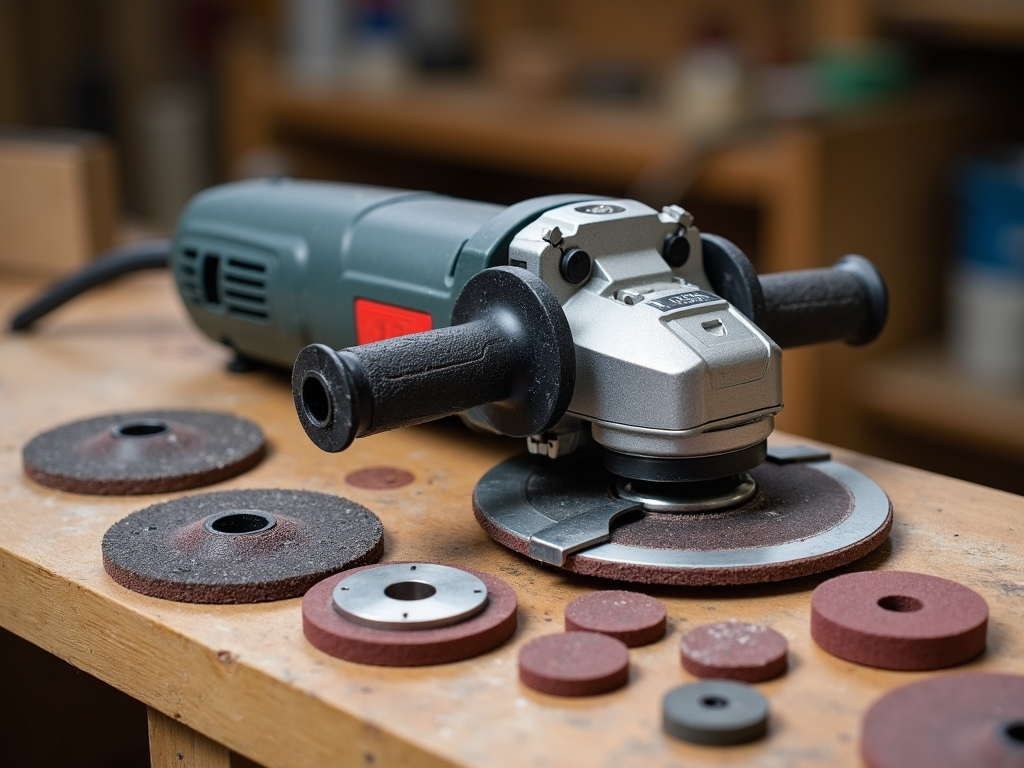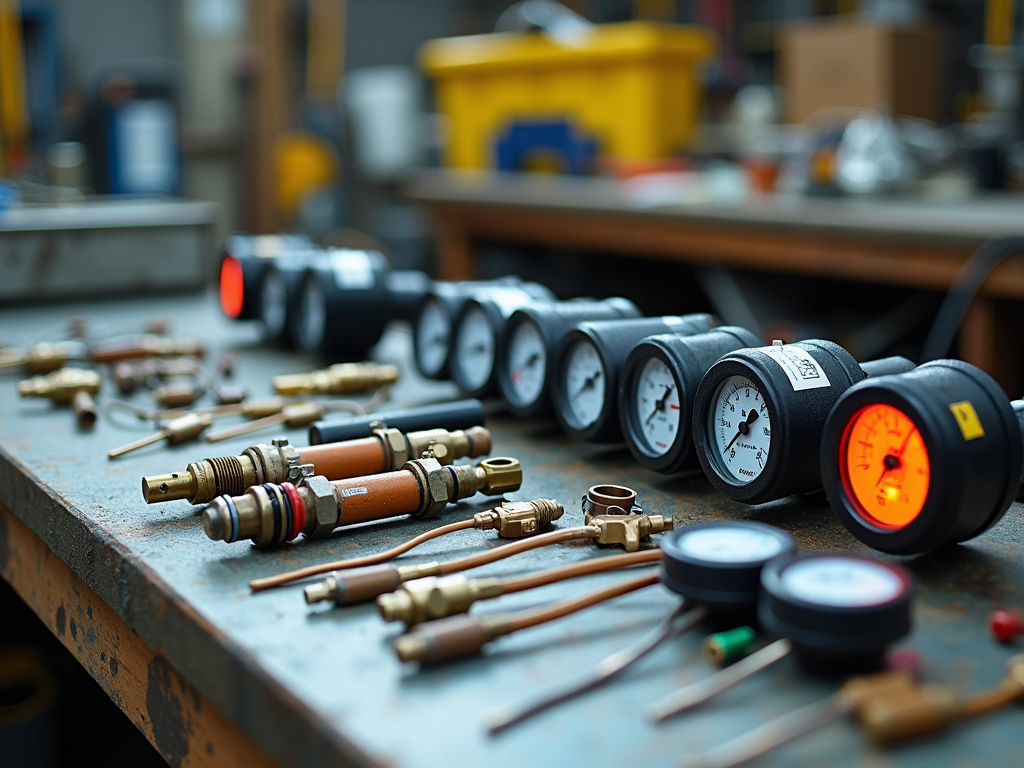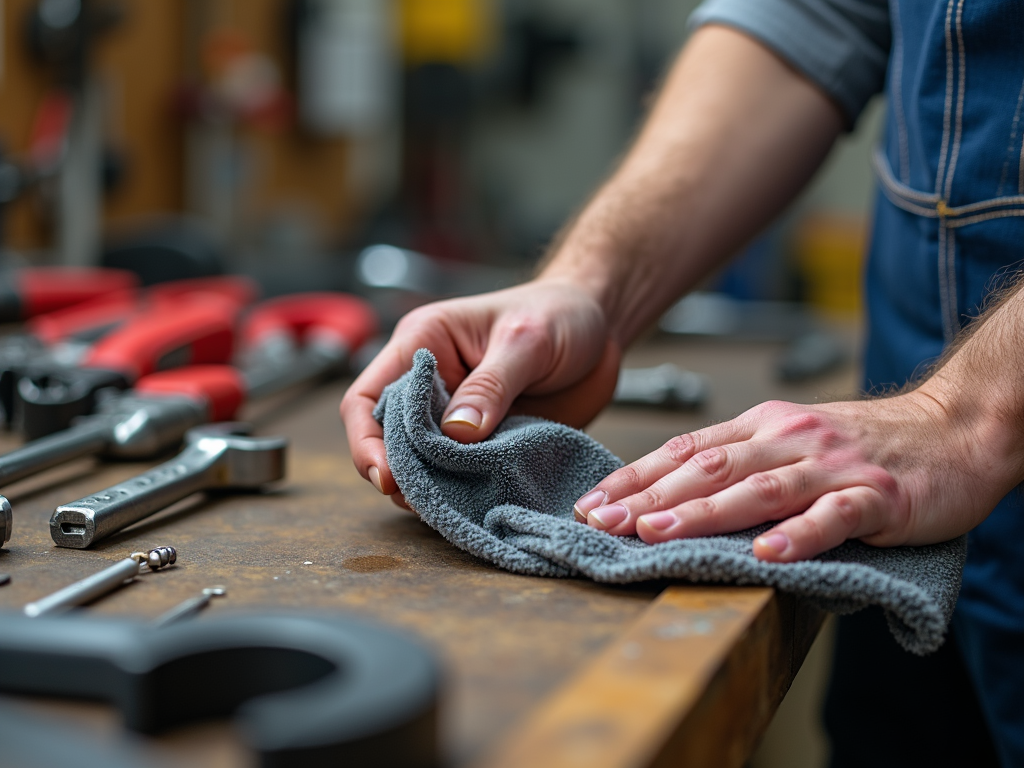Overview
Welcome to The Ultimate Guide to Workshop Equipment Maintenance. Whether you’re a professional mechanic or a DIY hobbyist, keeping your workshop equipment in top shape is essential. This guide covers practical tips and strategies to maintain your tools, ensuring they last longer and work better. Let’s get started!
Why Maintenance Matters
Maintaining your workshop equipment isn’t just about tidiness—it’s about performance and safety. A rusty wrench or a dull saw blade can ruin your project or even cause injury. Regular care saves you money by reducing the need for replacements and keeps your work smooth and efficient.

Understanding Your Workshop Equipment
Workshop equipment falls into three main categories. Hand tools include hammers, screwdrivers, and pliers. Power tools cover drills, saws, and sanders. Stationary equipment, like table saws or lathes, is larger and often more complex. Each type needs specific care, which we’ll explore next.
General Maintenance Principles
Some rules apply to all workman tools. First, clean them after every use—dirt and grime wear them down. Second, inspect them regularly for damage. Third, lubricate moving parts to prevent rust and friction. Finally, store them properly in a dry, organized space.

Maintaining Hand Tools
Hand tools are simple but vital. After using a hammer or screwdriver, wipe it with a dry cloth. For tougher dirt, use soapy water, then dry it completely. Apply a thin layer of oil to metal parts to stop rust. Store them on pegboards or in a toolbox.
Personal Insight: Hand Tool Care
I’ve learned that spending five minutes cleaning my hand tools after a job pays off. Once, I left a wrench in a damp corner, and it rusted overnight. Now, I keep a cloth handy and never skip this step—it’s an easy habit with big rewards.
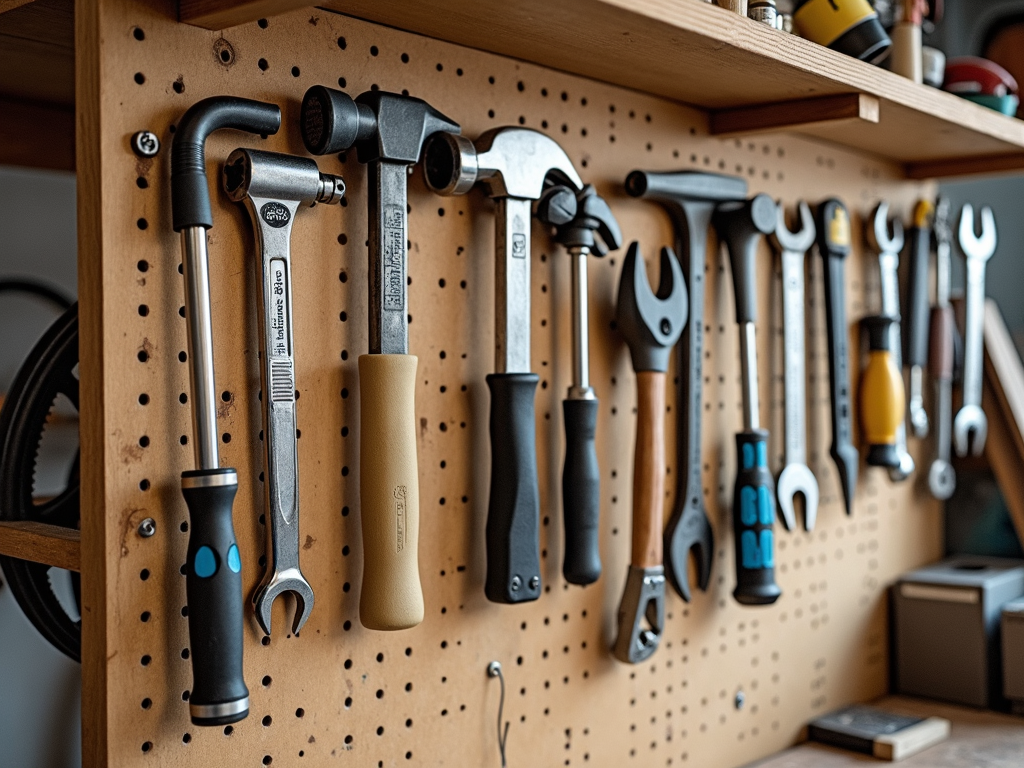
Maintaining Power Tools
Power tools need extra attention because of their moving parts. Always unplug them before maintenance. Check cords for fraying and clean air vents with compressed air to avoid overheating. Lubricate gears or bearings as the manual suggests. Keep blades and bits sharp for safe, clean cuts.
Battery Tips for Cordless Tools
Cordless power tools from popular brands for workman tools, like DeWalt or Milwaukee, rely on batteries. Don’t overcharge them—remove them from the charger once full. Store batteries in a cool, dry place. This keeps them ready for your next project.

Power Tool Maintenance Checklist
Here’s a quick guide:
| Task | Frequency |
|---|---|
| Check cords | Before use |
| Clean vents | Weekly |
| Lubricate parts | Monthly |
| Sharpen blades | As needed |
Follow this, and your power tools will stay reliable.
Maintaining Stationary Equipment
Larger workshop equipment, like table saws or drill presses, needs regular care too. Check alignments—misaligned blades lead to bad cuts. Wipe down surfaces to remove dust. Lubricate moving parts and test safety features, like guards, to ensure they work.

Personal Insight: Stationary Equipment
I once skipped aligning my table saw for a month. The cuts were off, and I wasted good wood. Now, I check it monthly with a square and ruler. It takes 10 minutes and saves hours of frustration later.
Safety During Maintenance
Safety comes first when maintaining workman tools. Wear goggles and gloves, especially with power tools. Work in a well-ventilated area if using oils or cleaners. Unplug everything before starting, and keep tools steady so they don’t slip or fall.

Common Maintenance Mistakes
Avoid these slip-ups:
- Wrong Oil: Use the right lubricant for each tool.
- Over-Tightening: This damages screws or parts.
- Ignoring Wear: Fix small issues before they grow.
- Bad Storage: Damp or messy spots harm tools.
Steer clear of these, and your equipment lasts longer.
Extending Tool Life
Quality tools from popular brands for workman tools, like Makita or Bosch, are built to last—but only with care. Stick to a routine: clean daily, inspect weekly, lubricate monthly. A little effort now means your tools stay sharp and strong for years.
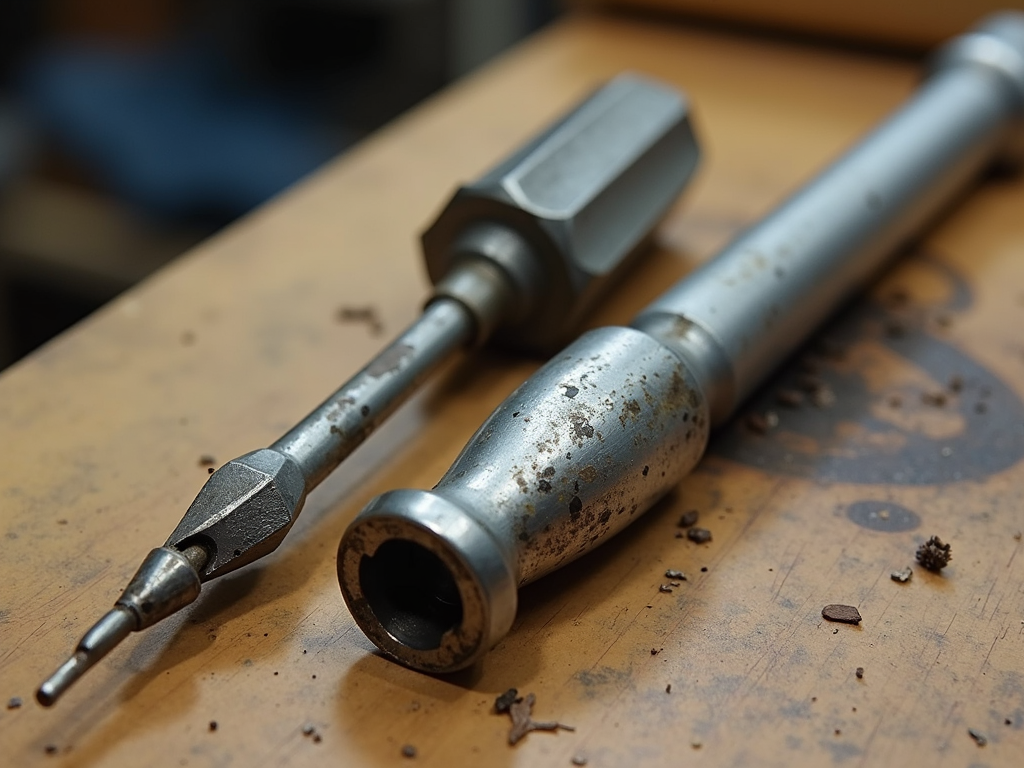
Summary
Maintaining workshop equipment is a smart habit. This guide walked you through caring for hand tools, power tools, and stationary machines. With regular cleaning, inspection, and lubrication, your tools will perform better and last longer. Start today—your workshop deserves it!
Related The Ultimate Guide to Workshop Equipment Maintenance:
- How to Sharpen Your Cutting Tools: The Ultimate Guide to Workshop Equipment Maintenance
- Calibrating Your Measuring Tools: The Ultimate Guide to Workshop Equipment Maintenance
- DIY Maintenance Insider Hacks: Keep Your Workshop Equipment in Top Shape
- How to Sharpen Your Chisels
- Tool Belts with Customizable Pockets: The Ultimate Guide for Workmen
- Picking the Right Drill for Your Needs: A Beginner's Guide
- Why Dewalt Tools Dominate the Industry: A Deep Dive into Their Success
- How to Use Hammers Safely: Essential Tips for Every Workman
- Smart Home Basics for Beginners: A Comprehensive Guide
- Enhancing Your DIY Projects with Rotary Tools: A Comprehensive Guide
- Understanding Industrial Sensors: The Backbone of Modern Automation
- Essential Maintenance Tips for Workman Tools: Keep Your Gear in Top Shape
